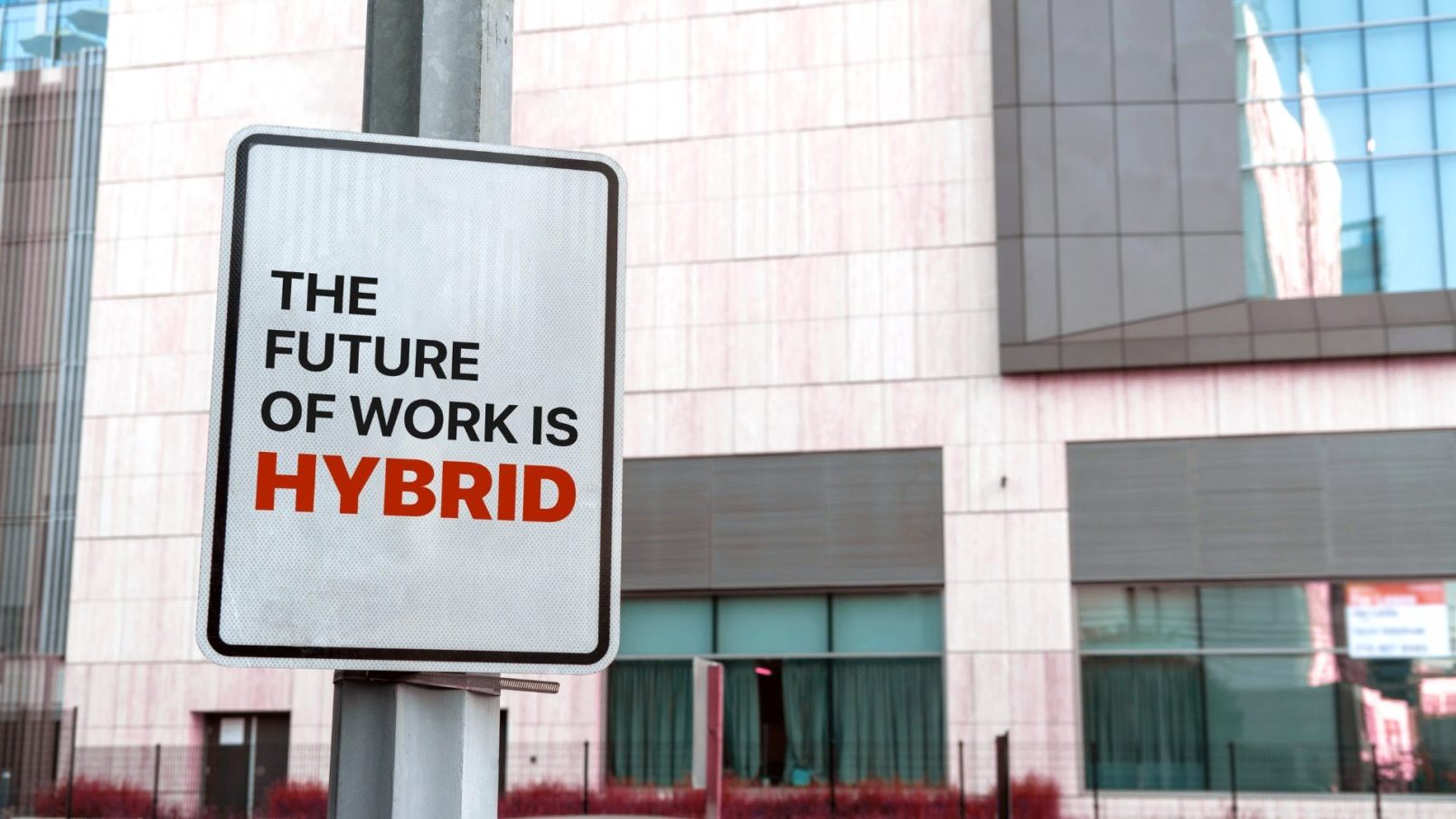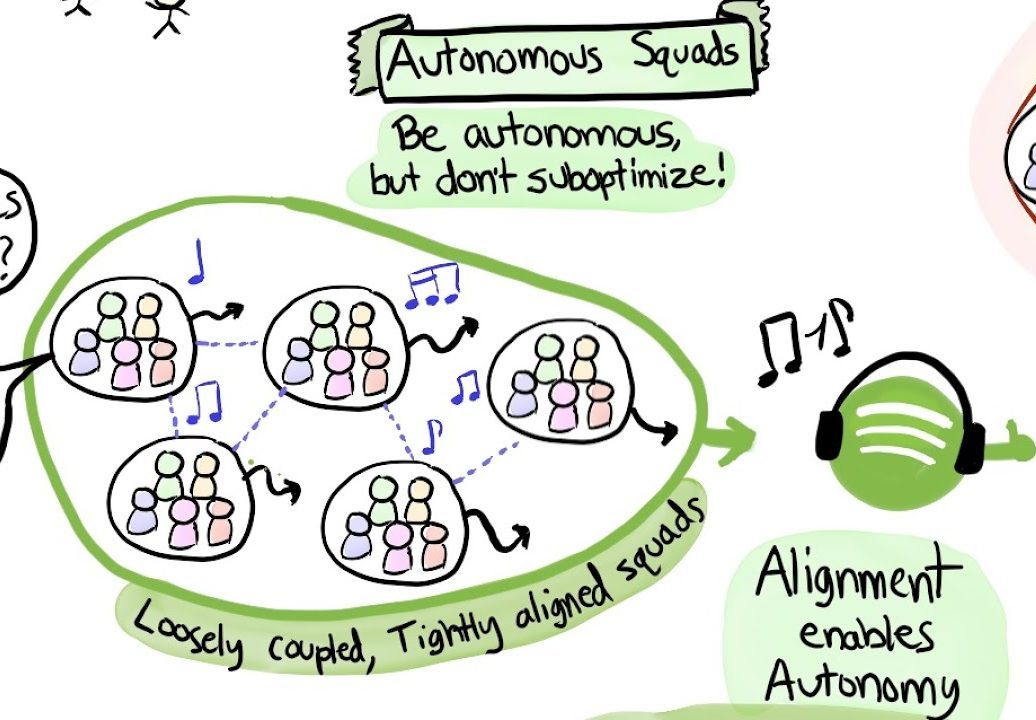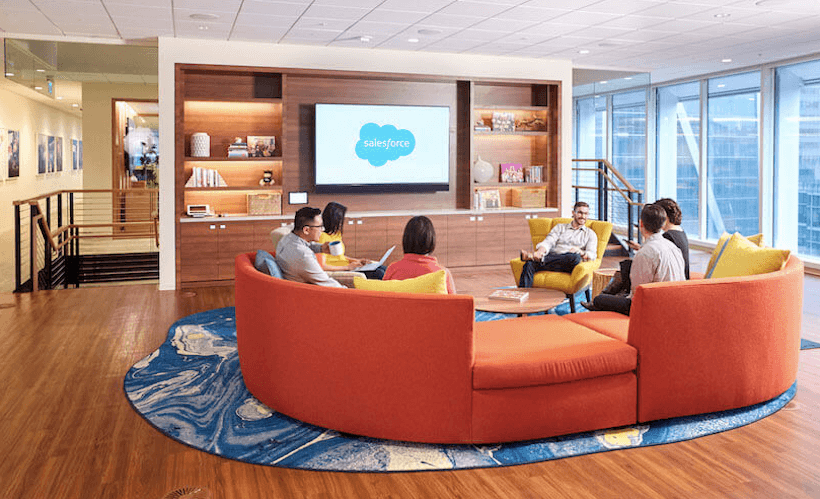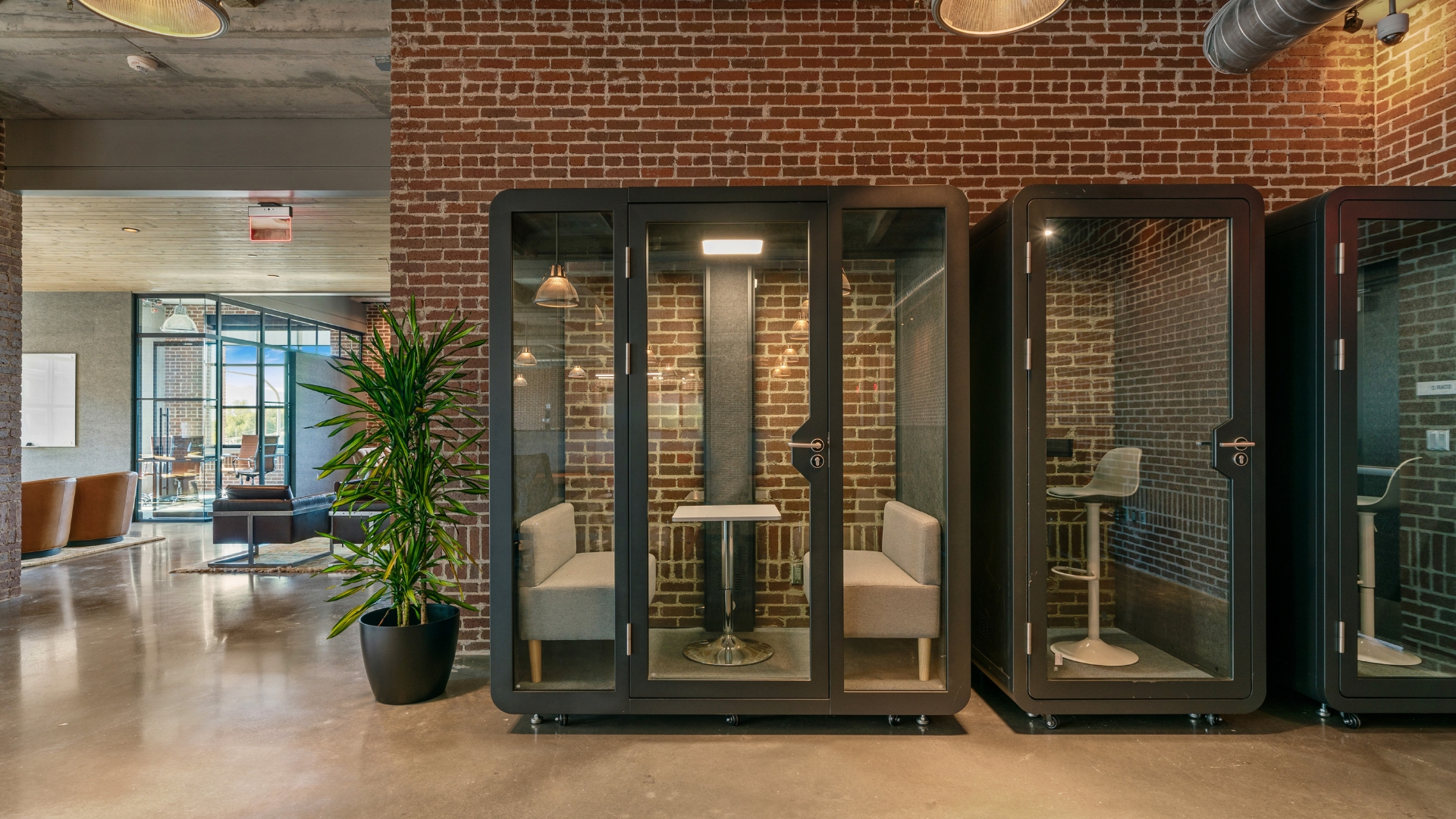In a world where adaptability defines success, hybrid work has emerged as the ultimate productivity catalyst for businesses and employees alike. By combining the best of remote and in-office environments, hybrid work models are setting a new standard for professional work-life harmony. Here’s why hybrid work models aren’t just another trend, but a strategic necessity for high-performing organizations.
Key Benefits of Hybrid Work

Enhanced Employee Wellbeing
Flexibility fosters better work-life integration, reducing burnout and increasing overall job satisfaction. In a 2024 Gallup survey, hybrid workers were 40% more likely to report a healthy balance between professional and personal life compared to fully remote or on-site peers. This balance not only improves mental health but also enhances employees’ ability to manage their time, leading to increased engagement and productivity.
Optimized Productivity
Hybrid work bridges the gap between focused individual tasks and collaborative innovation. A report by McKinsey (2023) shows that hybrid models are 25% more productive than those in traditional setups, as they allow employees to tailor their environments to their specific work needs. Remote work allows for deep focus, while in-office days provide opportunities for spontaneous brainstorming and face-to-face interactions. The balance enhances both individual output and team synergy.
Agility and Resilience
Hybrid work models allow businesses to respond quickly to challenging demands and changing environments. Whether scaling up during growth phases or addressing crises, organizations with hybrid models demonstrate greater operational resilience and cost efficiency. By not relying entirely on a physical office space, companies can quickly pivot in times of uncertainty, such as economic shifts, natural disasters, or unexpected global events. This adaptability strengthens an organization’s long-term sustainability.
Challenges of Hybrid Work

Meeting Room at The Work Club at Salt Lake Crossing
Maintaining Collaboration Across Distances
While hybrid work offers flexibility, it also poses challenges in maintaining consistent collaboration. The lack of face-to-face interaction can sometimes hinder communication and weaken team cohesion. This is why coworking spaces have seen a rise in popularity. These spaces serve as intermediary hubs that combine the flexibility of remote work with the collaborative energy of an office. Companies have realized that while remote work is essential, in-person interaction—at least part of the time—remains crucial for fostering innovation, team building, and spontaneous problem-solving.
At The Work Club at Salt Lake Crossing, we understand the importance of bridging the gap between remote flexibility and in-person collaboration. Our coworking space offers a dynamic environment designed to foster creativity, innovation, and community. Whether you’re looking for a quiet spot to focus or a vibrant area to brainstorm with colleagues, we provide the resources and atmosphere to keep teams connected. With flexible membership options and thoughtfully designed workspaces, we make it easy for teams to reconnect and thrive in a hybrid world, encouraging both individual productivity and collaborative synergy.
Case Studies

Image Source: Henrik Kniberg
Spotify: Balancing Flexibility with Community
Spotify’s “Work From Anywhere” program has become a gold standard in hybrid work. Employees choose between home, coworking spaces, or office environments, fostering both flexibility and accountability. This policy has led to a 30% increase in employee retention!
“Having the autonomy to work from a creative coworking space has boosted my focus and serotonin levels,” says Mark Koh, Senior Machine Learning Engineer at Spotify.

Image Source: Microsoft.com
Microsoft
Microsoft implemented a hybrid model across global offices in 2021. Employees can now work remotely 50% of the time or more, depending on their role. The result? A reported 30% increase in job satisfaction and reduced employee turnover. Their approach to hybrid work includes regular team check-ins, digital collaboration tools, and flexible schedules, ensuring both autonomy and connection.

Image Source: salesforce.com
Salesforce
Salesforce leverages hybrid work to build employee satisfaction and innovation. Its Trailblazer Ranch, a retreat-like space, offers workers opportunities to connect, collaborate, and recharge. The company recognizes that a hybrid model does not just mean splitting time between home and office, but rather fostering a culture of creativity, networking, and shared purpose.
“I used to feel disconnected working remotely full-time,” shares Heidi Metzler, a security engineer. “The hybrid model allows me to enjoy focused time at home while experiencing meaningful collaboration in person.”
Patagonia

Image Source: Patagonia.com
Patagonia’s hybrid work policy allows employees to work from home up to three days a week, providing the flexibility needed to foster creativity. In addition, its open-office culture on in-office days creates opportunities for collaboration, innovation, and shared purpose. The company’s commitment to environmental sustainability and work-life balance is mirrored in its hybrid work model, ensuring that employees stay engaged, motivated, and productive.
The Why
Cost Savings – Optimized Operations
For companies, hybrid work models can significantly reduce overhead costs. With fewer employees in the office at any given time, businesses can downsize or redesign office spaces, cutting down on rent and utility bills. This cost savings can then be reinvested into other areas, such as employee development or new technologies.
Recruitment – Engaged, Happy, & Versatile Talent Pool
The hybrid work model expands the talent pool by allowing organizations to recruit employees from diverse geographical locations. It also appeals to top talent seeking flexibility, making companies more attractive to highly skilled professionals. In a 2024 survey by LinkedIn, 70% of job seekers indicated that they prioritized work flexibility when considering new opportunities, signaling that hybrid or remote options are no longer “nice to have” but expected benefits.
Adaptability – Control the Controllable
Hybrid work equips businesses with the tools they need to quickly adapt to changing conditions. Whether faced with economic shifts, industry disruptions, or global crises, organizations can pivot more swiftly than those with rigid, traditional office-centric models. Hybrid models create a resilient workforce by offering employees autonomy over their work environments, leading to greater productivity and job satisfaction in the face of uncertainty.


